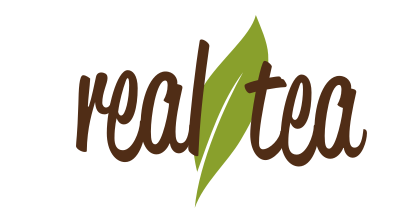The issue of fake coffee in Vietnam
Despite Vietnam having excellent conditions for growing great coffee, premium suppliers are rare and street coffee often is not even real coffee. What is wrong here and what is right? Let us take a look.
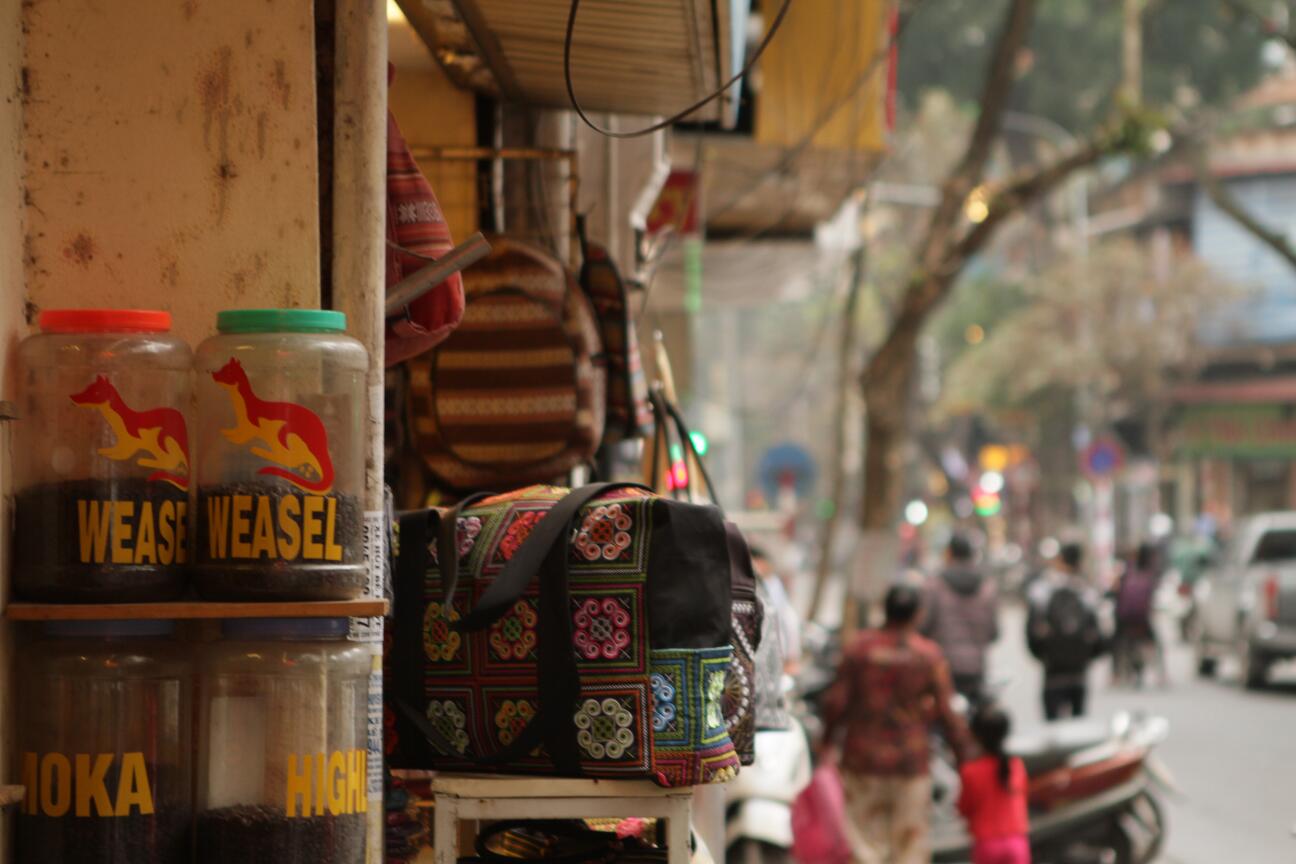
“They produce 1.5 tonnes of fake coffee a day, made from soy beans, corn and chemicals.”
More about my coffee adventure.
Even if the Vietnamese value drinking coffee as one of the cornerstones of social life, the consumption per capita is very low. The Atlantic mentions1 0.034 cups per day and person, which puts Vietnam on #71 according to The Atlantic’s ranking system. This data sheet is rather vague though and should not be taken as facts carved in stone. Another data sheet assembled by Google from Wikipedia data puts Vietnam on #89 with a consumption of 0.7 kilogram per capita and year.
According to Dietmar Vogelmann, founder of Farmer’s Blend coffee in Mui Ne, an average cup of coffee requires at least 20g of coffee beans.
“The Vietnamese drink on average 35 cups of coffee per person per year.”
These numbers raise some questions. If all the people I see drinking ca phe sua da every day would actually consume coffee, the statistical amount should be much higher than 35 annual cups. And this question brings us straight to the issue of “fake” coffee. Well, even without fake coffee, the Vietnamese would still rank pretty low in terms of coffee consumption worldwide, because drinking coffee is a rather social experience that takes a long time. People rarely drink coffee the same way we do for getting a caffeine kick in the morning and after lunch. Also many beverages sold at coffee shops are based on tea or fruit, but nonetheless - taking all that into account, the number should be higher than 35 cups per head and year...
Even if Vietnam currently focuses on producing cheap coffee, the actual price of pure coffee is quite high. On Alibaba.com you can buy roasted robusta beans from Saigon port for around 5€ if you agree to buy several tonnes. Green coffee beans are much cheaper, but you need a roastery to make them drinkable, and during the roasting process they lose 20% of their weight on top of that.
For a proper cup of Vietnamese coffee I would suggest 20g of ground coffee, which in its cheapest form, ungraded robusta beans2, may cost around 3000đ, which equals 0.11€. Together with the ice, condensed milk, one way cups and other expenses, including official rental fees or "gifts" in exchange for being able to sell beverages on the sidewalk, you can imagine the end price of a ca phe sua da, milky iced coffee, in Ho Chi Minh City.
Nonetheless, the regular price for a cup of the stuff on the sidewalk is around 10.000đ and can get as low as 5000đ, which makes me wonder.
(Un)Fortunately, there is a simple solution popular in Vietnam to cut the price and create a greater revenue for your coffee business, be it at a café or a street side stall: Add some fillers!
In August 2014, the American Chemical Society released an article3 about their development of a chromatographic test, using Brazilian coffee. The leader of the research team, Ph.D. Suzana Lucy Nixdorf says: “With our test, it is now possible to know with 95 percent accuracy if coffee is pure or has been tampered with, either with corn, barley, wheat, soybeans, rice, beans, acai seeds, brown sugar or starch syrup.”
The reason for developing this test is the growing worldwide demand for coffee, combined with the lower yield due to climate change and failing crops. Especially in Southeast Asia, the 2016/17 crop was a catastrophe, as I already wrote here.
“Vietnam is the second largest producer and exporter of coffee worldwide after Brazil”
The most common fillers in Vietnam are soybeans and corn. While corn usually is only common in ground coffee, most people can’t distinguish roasted soybeans from actual coffee beans. The aroma of coffee with soy reminds of hazelnuts.
But even if the aroma of the coffee is an indicator of its purity, how can anybody distinguish the smell, if Vietnamese coffee is soaked with natural and artificial aromas? This is probably the greatest pet peeve of coffee lovers in Vietnam:
“The tremendous amount of artificial flavoring that drenches the taste of coffee.”
I got many samples of supposedly "pure" coffee and the distributor insisted every time that it only contains coffee beans and nothing else. "What about butter?" I kept asking, because the "stuff" did not smell of coffee at all, and they admitted yes, there was butter added after roasting. Considering the fact that the Vietnamese do not discern between real butter and cheap margarine, it is always margarine they use for price reasons. Getting all agitated about what margarine actually is and what types of strange chemicals the stuff contains I reserve for another article.
It seems that the Vietnamese taste buds got so used to not tasting actual coffee, that some of the coffee sold on the street doesn’t even contain one single coffee bean. On August 26th 2012, Thanh Nien News published an article4 about fake coffee that is produced in Ho Chi Minh City. One of these factories, Thong Phat, produces around 1.5 tonnes of fake coffee per day from soybeans, corn and a mix of partially unidentified chemicals that reporters named “life-threatening”.
Vietnam Breaking News published an article5 on 16 September 2014, as another fake coffee producer got busted by the authorities. The inspectors did not find one single coffee bean, just soy, corn and several unidentified chemicals. Apparently they did not find any “coffee money” as well, otherwise the factory would probably continue production, quite like the above mentioned Thong Phat company, that received the rating “good” after a food safety inspection, while the HCMC Department of Health issued a “failing to meet requirements” to the same company.
“Retailers buy the fake coffee and after grinding and packaging, they sell it to Vietnamese coffee shops for VND60,000 to VND120,000 per kilogram.”
If you compare the price here to the wholesale price of real coffee, you know where the cheap coffee actually comes from.
While one-time consumption of fake coffee does not permanently damage your health, daily intake of chemicals like industrial colorings, sodium lauryl sulfate, carboxymethyl cellulose, chloramphenicol and sodium cyclamate can poison your liver, bone marrow and kidneys, cause cancer and even genetic defects in unborn children, such as Down’s Syndrome.
This is a pretty dire picture, painted on Vietnam’s vibrant and lively background, and it mars the overall cultural experience of enjoying a glass of ca phe sua da and a nice chat with a friend on the colorful sidewalks of Saigon.
So let’s put this aside and focus on the variations of traditional Vietnamese coffee. The Vietnamese like their coffee dark roasted. Even darker than Italian espresso roasts.
“After the roasting, they add some butter and additional flavorings, like spirits, salt or fish sauce.”
These additives are supposed to give the finished coffee a richer umami taste and the thick, oily consistency that is typical for Vietnamese coffee. I remember my first cup of coffee in Hanoi and I was more than a little surprised about the salty, strong taste.
At Farmer’s Blend coffee, they add just a little French butter to the still warm beans and a dash of rum, to give their Vietnamese blend a traditional finish. “I experimented with soybeans and other ingredients, to create a product that is similar to the popular brands of coffee in Vietnam,” disclosed Dietmar in our recent interview, “but the process is too complicated and some of the ingredients are too dodgy, so I gave up on soybeans and only process pure coffee beans.”
It is actually an interesting process to watch the Vietnamese when they drink pure (and specialty) coffee for the first time. Let me describe the first impression of my wife, when I took her to The Workshop back then when we were dating:
It is quite sour, but leaves a tingling sensation on the tongue. The coffee is also much lighter and the taste is pleasant. You are encouraged to keep the coffee in your mouth and explore the flavour nuances. Traditional Vietnamese coffee normally is so dark and bitter that you add sugar and milk and even then you often pour it down fast, because you don't really want to taste it.
In the South, people usually pour their beverage over ice, while in the Highlands or the northern provinces, coffee is best enjoyed hot. That is mostly an issue of the climate in Vietnam.
The use of condensed milk dates back to the French, who traditionally add milk to their coffee. Vietnam however did not have a mentionable milk production during the French colonial period, so they imported condensed milk from Europe. The excessive sweetness of the milk reduces the bitterness of the dark roast and makes the beverage even thicker than before - exactly what the locals are used to nowadays.
The use of fresh milk is still not very popular, since most milk offered at the supermarket is just rehydrated powder anyway. Real pasteurized milk like Dalat Milk for example, comes at double the price per liter than the product of Vietnamese market leaders. Also, the people fear that adding fresh milk may water down their coffee.
People who don’t add condensed milk to their Vietnamese coffee usually add loads of sugar instead. This version is called ca phe den, black coffee. Coffee drinkers who don’t like their coffee sweetened at all meet incredulous stares and unless you specify that you don’t want any sugar, the staff may even add some despite you ordering sugar free.
I actually had a black and sugar free roadside coffee once and it was so utterly disgusting that I understand why nobody wants it.
Vietnamese coffee is traditionally brewed individually with a small metal French drip filter (ca phe phin). You put the dark roasted and coarse ground coffee powder into the phin and pour water on it. Depending on the phin, it can take several minutes for the coffee to drip into the cup or glass, containing condensed milk or sugar. If you want to pour the finished beverage over ice, feel free to do so.
At many roadside kitchens, the coffee is already brewed in advance and stored in plastic bottles under the counter. The coffee lady pours one measure of the concoction over ice and adds the condensed milk on top to create a nice effect of white and brown.
How to find good, and especially real coffee in Vietnam then? Well, one option is to make friends with a farmer. The other one is to find reliable sources for your coffee. Also, we will introduce Saigon’s specialty coffee scene soon, where you can sample the best rated beans of the world and be properly amazed.
Right now I am sipping my home brewed K'Ho coffee, which is so far the best value for your money in Vietnam. Great coffee, great people and a concept I can support.
Sources for this article
- 1) Countries that drink the most coffee by The Atlantic.
- 2) I calculated 120.000đ per kilogram, which is the cheapest real robusta coffee I have ever seen in years of working with coffee in Vietnam, and usually only comes as ungraded wholesale commodity coffee. Unless they are very well connected, retailers will not be able to buy real coffee at this price. Retail coffee may start at 150.000đ for the lowest quality on the market (2017).
- 3) More information to the chromatographic test of the ACS.
- 4) "Experts said that additives used to turn soy beans into coffee-like beans, which include coffee flavorings, foam-making substance Sodium Lauryl Sulfate mainly used to make shampoo or dish-soap, industrial color powders and Carboxymethyl Cellulose (CMC), can contain impurities and heavy metals like mercury and lead, which may lead to cancers if used for a long time.
Doctor Tran Van Ky warned that the abuse of the antibiotic Chloramphenicol can poison human livers, bone marrow and kidneys, while chemical sugar Sodium Cyclamate, which is 50 times sweeter than normal sugar, can bring users cancers or Down syndrome."
Read the whole article. - 5) "Nguyen Duy Thinh from the Hanoi University of Science and Technology voiced concern about the potentially carcinogenic ingredients being used in these cheap coffees. According to Thinh, coffees cheaper than VND160,000 per kilo were extraordinarily likely to be fake and could include mouldy corn, soybean and cheap coffee beans that have not been stored properly."
Read the article here.
Also a part of my coffee adventure:
New Stuff
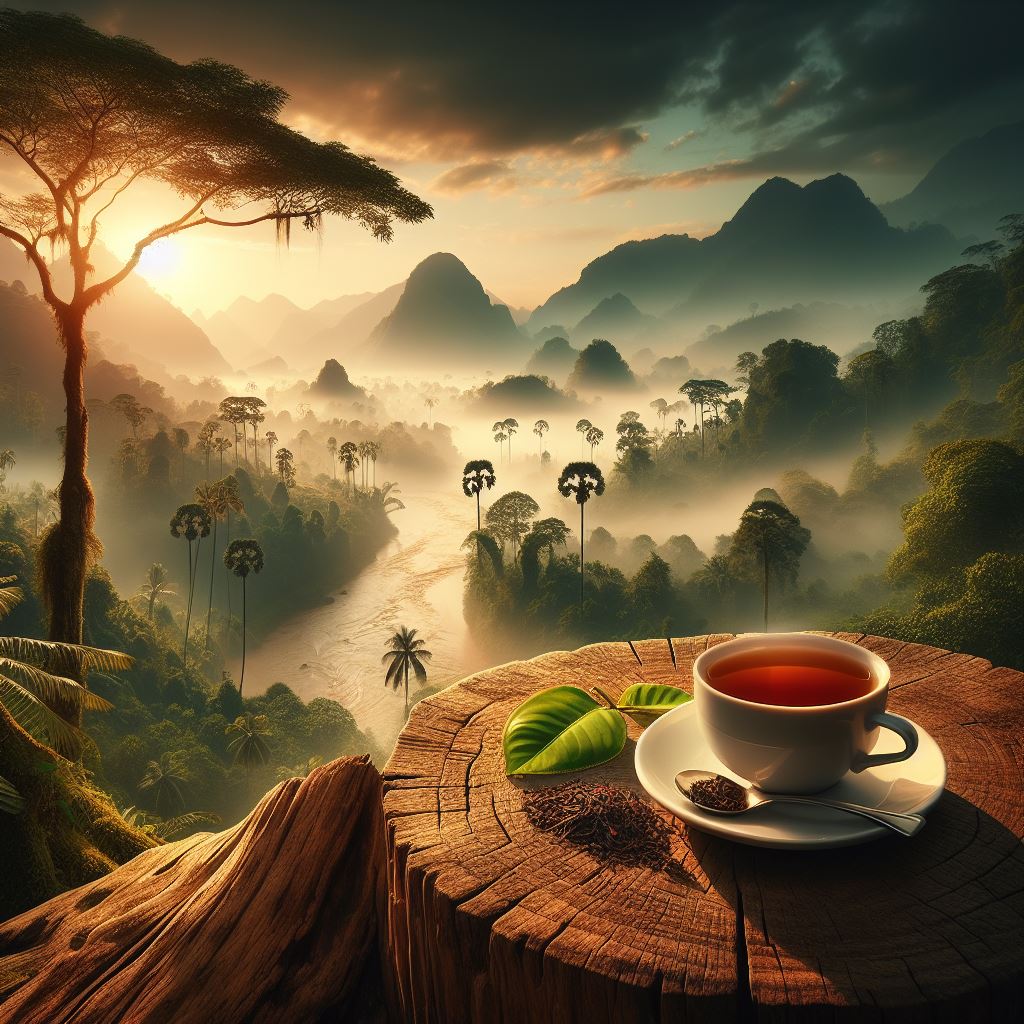 | Assam Tea A bold brew from the foothills of the Himalayas and one of the most popular teas. |
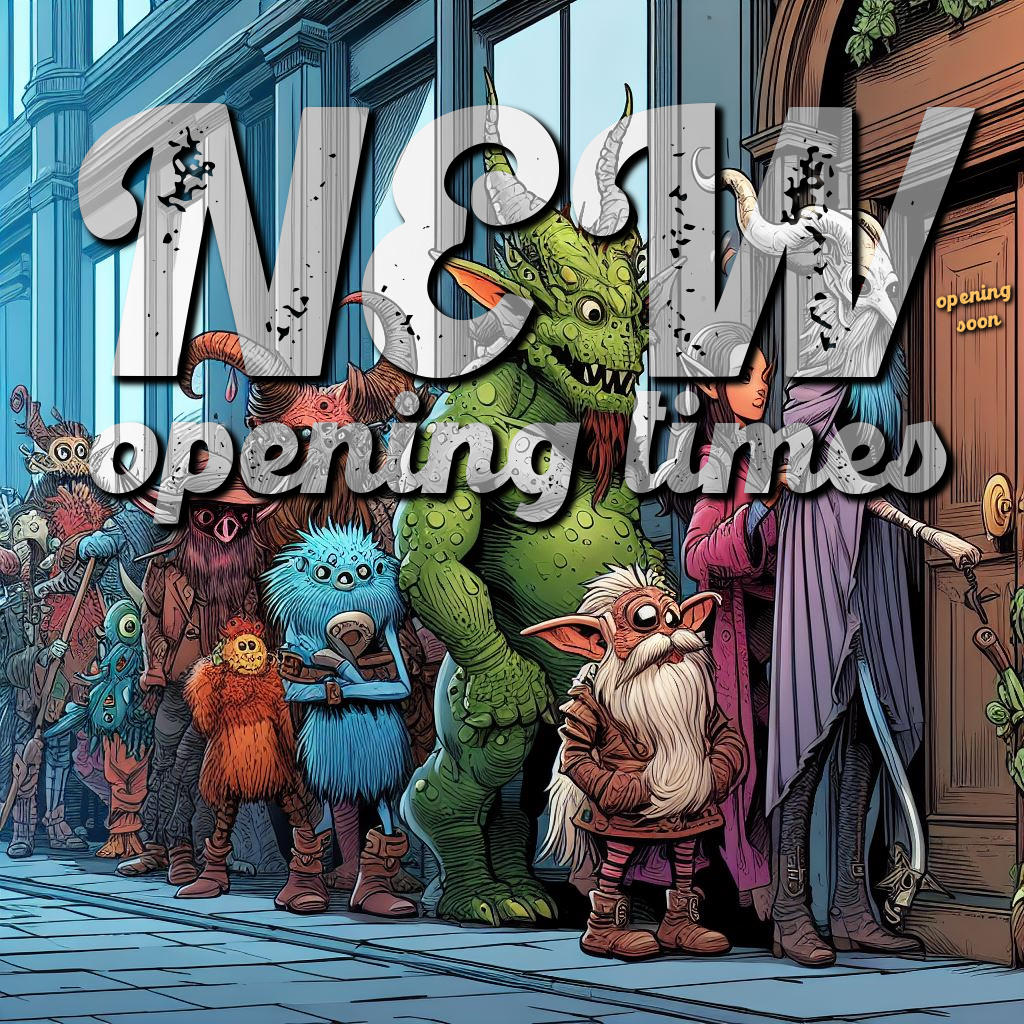 | Opening Times New opening times from 1st of November 2023! Mon - Thu 09:30 AM - 05:30 PM, Fri & Sat 9:30 AM - 07:00 PM ... Sun closed |
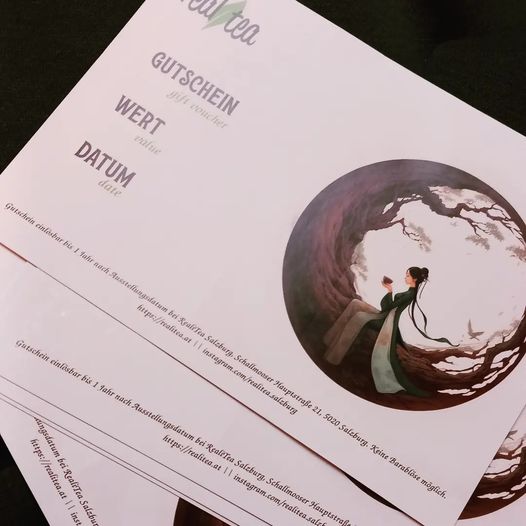 | When sombebody vouches for a gift they buy a gift voucher. Now at RealiTea! |
 | The issue of fake coffee in Vietnam Despite Vietnam having excellent conditions for growing great coffee, premium suppliers are rare and street coffee often is not even real coffee. What is wrong here and what is right? Let us take a look. |
 | The Benefits of Ginger Tea During the Cozy Season Ginger is a wonderful remedy for chills or scratchy throats, so the ginger green tea we have on the menu is perfect for the cold time! |
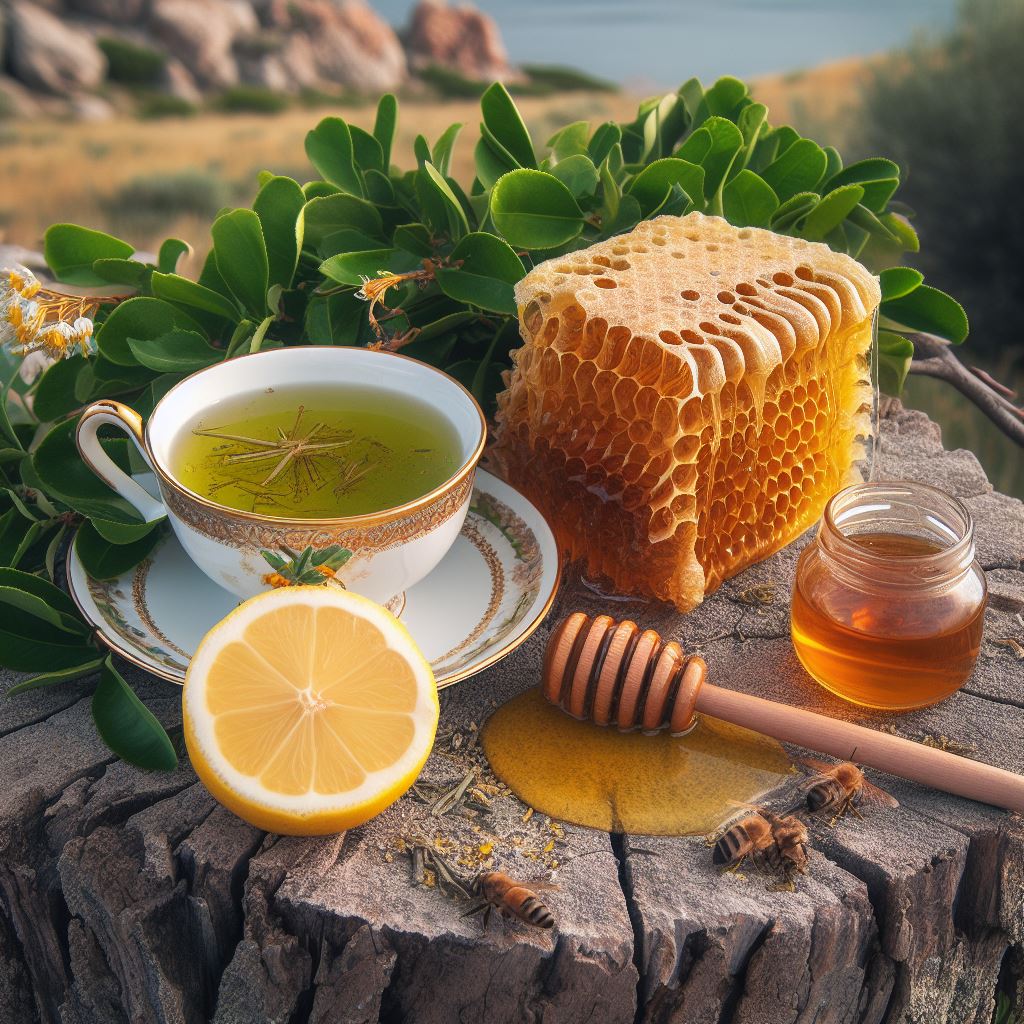 | Honey and Lemon Tea Why drinking Honey and Lemon Tea is a good Idea in Winter |
 | Pumpkin Latte! Every year again I witness the commotion about pumpkin spice latte. Now what about it? |
